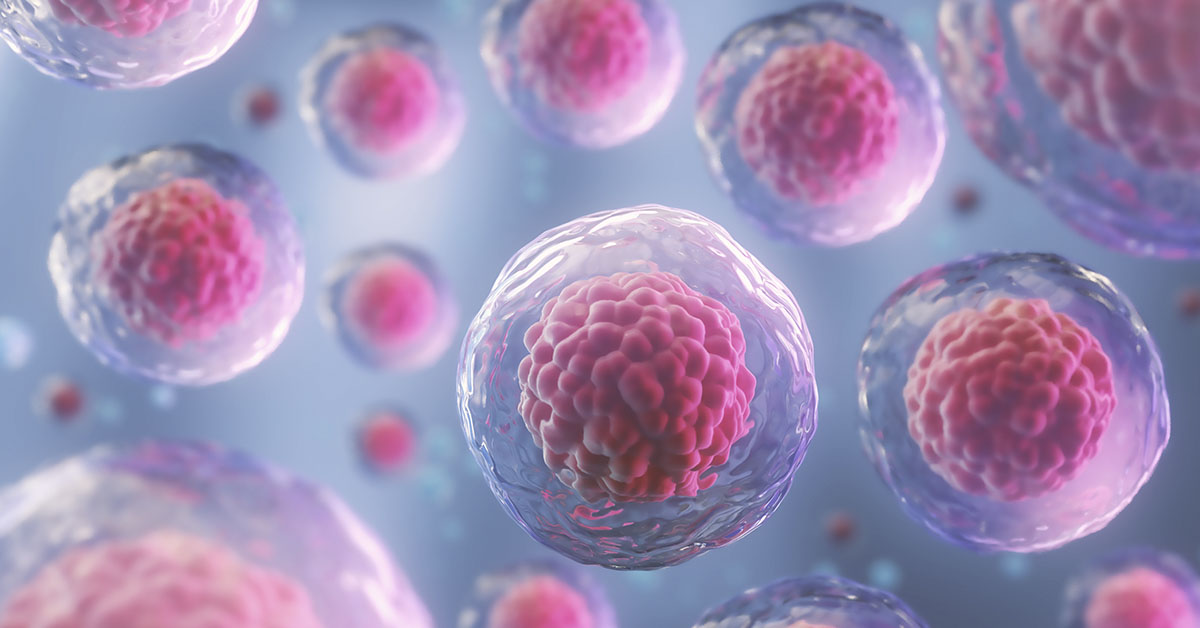Relatively recent studies have unveiled a novel type of smart stem cell, the Induced Multipotent Stem Cell (iMS), marking a significant leap in regenerative medicine. As a result of research led by UNSW Sydney, these cells, derived from readily accessible human fat cells, have demonstrated their transformative and adaptive capacity in animal studies.1
These iMS cells, as explained by John Pimanda, a professor at UNSW Medicine & Health, can respond to their environment to repair various damaged tissues. This capacity is unprecedented, and it implies a potential paradigm shift in stem cell research and therapy.
The scientists created the iMS cells by exposing human fat cells to a specific compound mixture that induced the cells to lose their initial identity, making them behave like smart stem cells. When these reprogrammed cells were injected into mice, they remained dormant until an injury occurred, at which point they adapted and transformed into the required tissue for repair.
iMS Cells: The Adaptive ‘Chameleons’ of Regenerative Medicine
In a nutshell, these iMS cells behave like chameleons, responding to local cues to blend into the tissue needing healing. This unique behavior sets them apart from other currently available stem cell technologies, as these are inherently limited in their range of regenerative abilities or carry risks such as tumor development.
However, iMS cells derived from adult tissue do not exhibit any signs of unwanted tissue growth and have shown the ability to adapt to a wide range of tissue types in mice, making them a kind of “smart stem cell.” Furthermore, they are patient-specific, reducing the risk of rejection.
Read: Could Stem Cells from Menstrual Blood Help Treat Diseases Like Alzheimer’s?
Reprogramming Adipocytes into Smart Stem Cells
The reprogramming of adipocytes, or fat cells, into iMS cells involved the use of azacitidine, a drug used in blood cancer therapy and a naturally occurring growth factor that stimulates cell growth and tissue repair. As a result, within approximately three and a half weeks of treatment, the cells discarded their lipid content and lost their identity as fat cells.
The protocol involves putting a patient’s fat cells into a device to incubate with the compound or using a mini pump in the body. The latter can theoretically be placed near the body part that needs repair, dispensing regulated doses to create new, smart stem cells.
Future Perspectives: From Mice to Humans
Despite these promising results, translating the findings to human therapies requires more research, preclinical studies, and clinical trials to ensure safety and efficacy. This translation process could take up to 15 years due to the inherent challenges and setbacks that may occur in the process of conducting rigorous medical research.
In the realm of histone modifications and CpG methylation, the adipocyte-derived iMS cells are very similar to adipose tissue-derived mesenchymal stem cells. The similarities and differences between these cells could inform the direction of future research, helping us understand how these smart stem cells can be effective in clinical settings.2
Furthermore, in a muscle injury model, iMS cells contributed specifically to satellite cells and myofibers without ectopic tissue formation, revealing their context-dependent regenerative capacity without ectopic or neoplastic growth.
Ultimately, while it’s crucial to remain realistic and cautious about the hurdles ahead, the advent of iMS cells offers a promising new frontier in the field of regenerative medicine. The discovery of these versatile cells made from a patient’s own tissue may indeed herald a new era of healing.
Keep Reading: How To Support Your Mitochondria For Optimal Health
Sources
- “Scientists are a step closer to developing ‘smart’ stem cells – and they’re made from human fat.” Newsroom. Sherry Landow. January 14, 2021.
- “Induction of muscle-regenerative multipotent stem cells from human adipocytes by PDGF-AB and 5-azacytidine.” Science Advances. Avani Yeola, et al. January 13, 2021.

